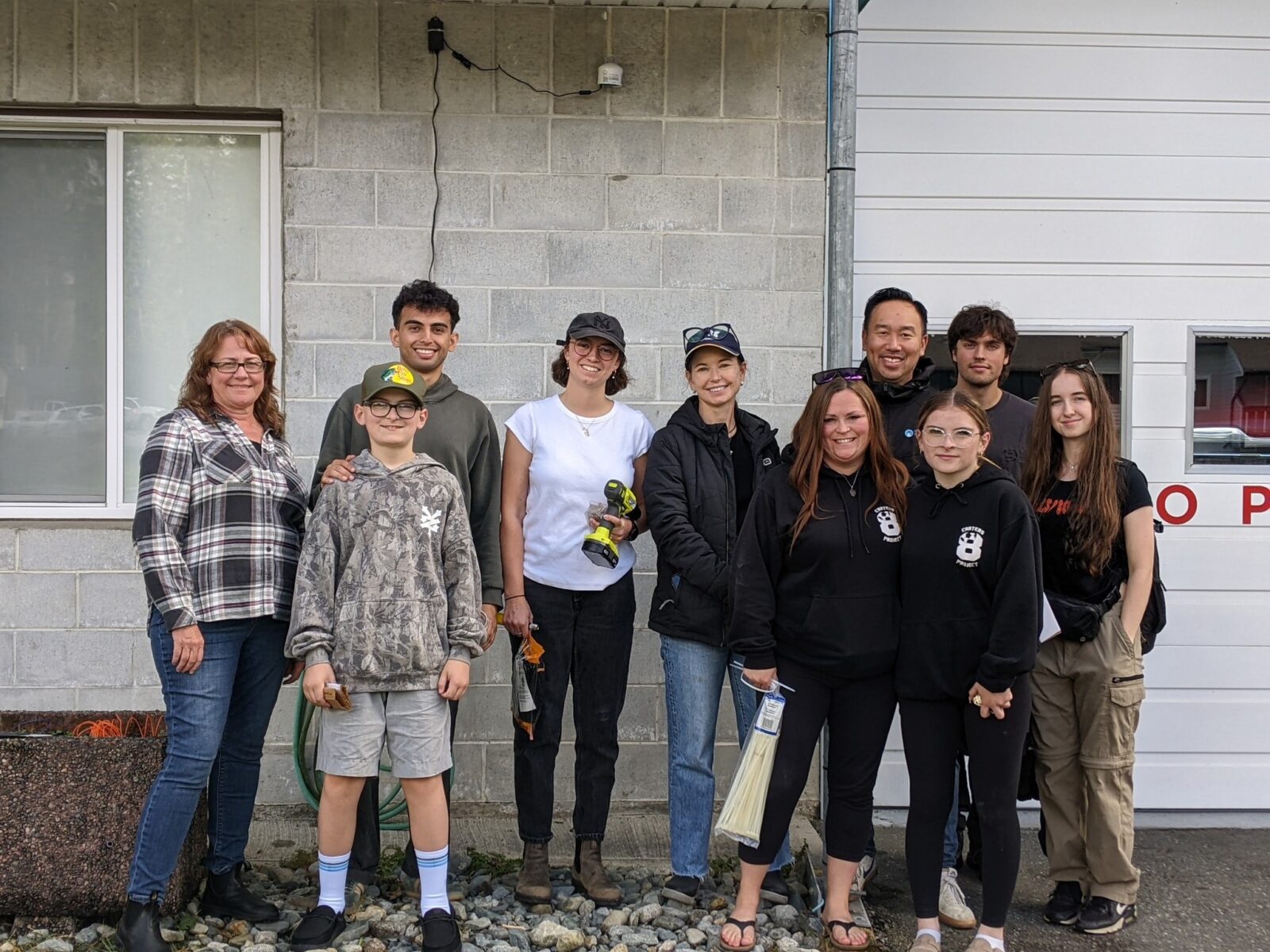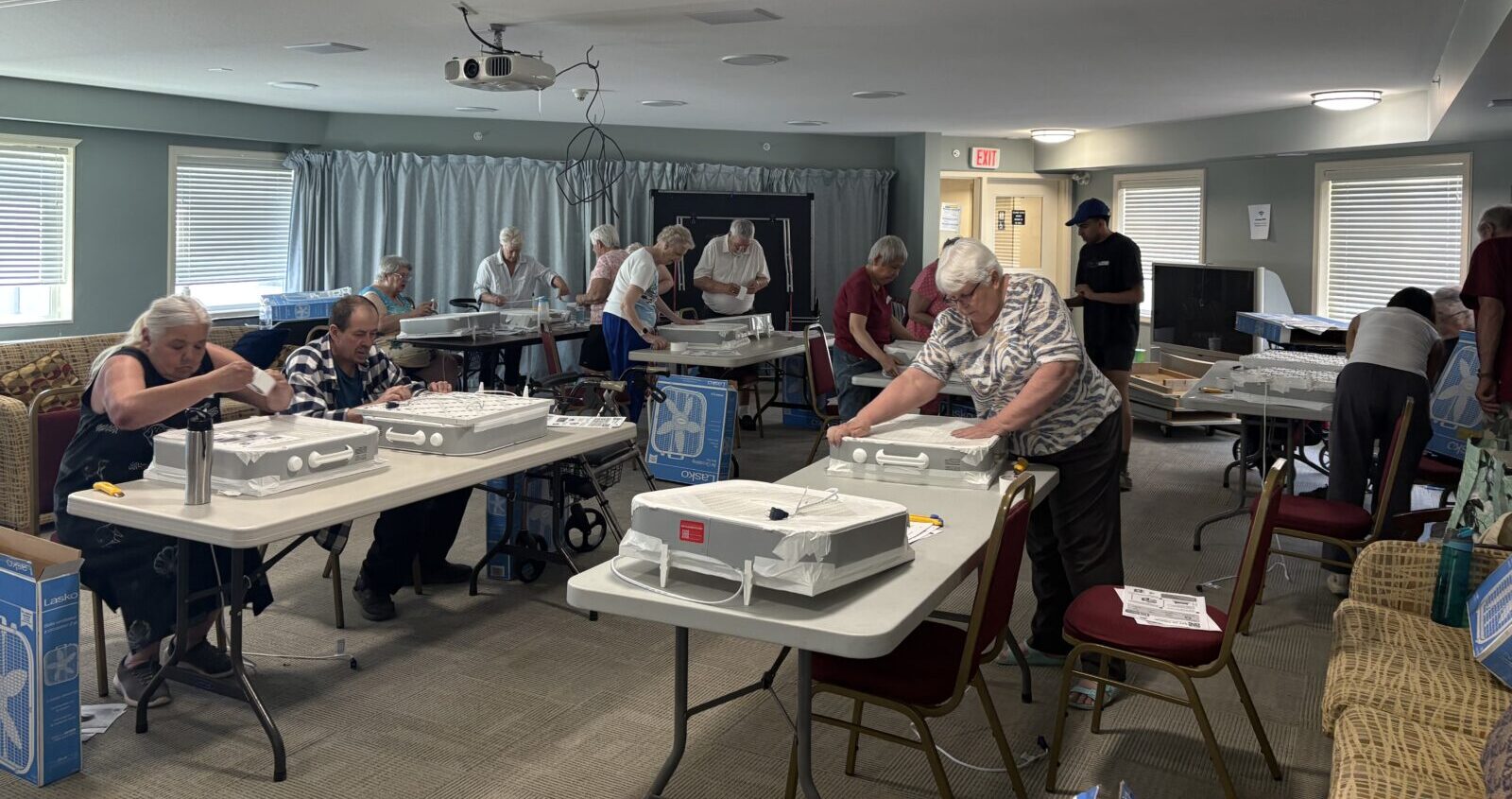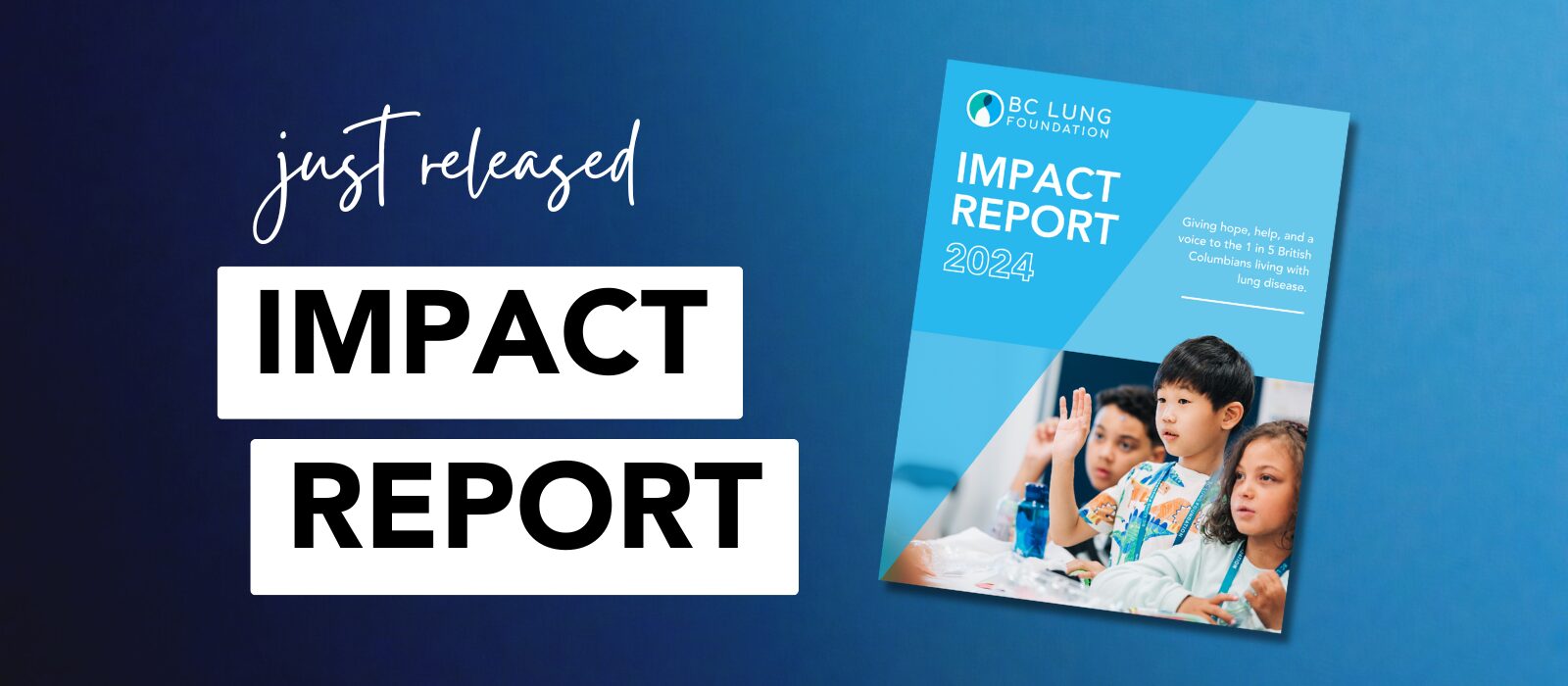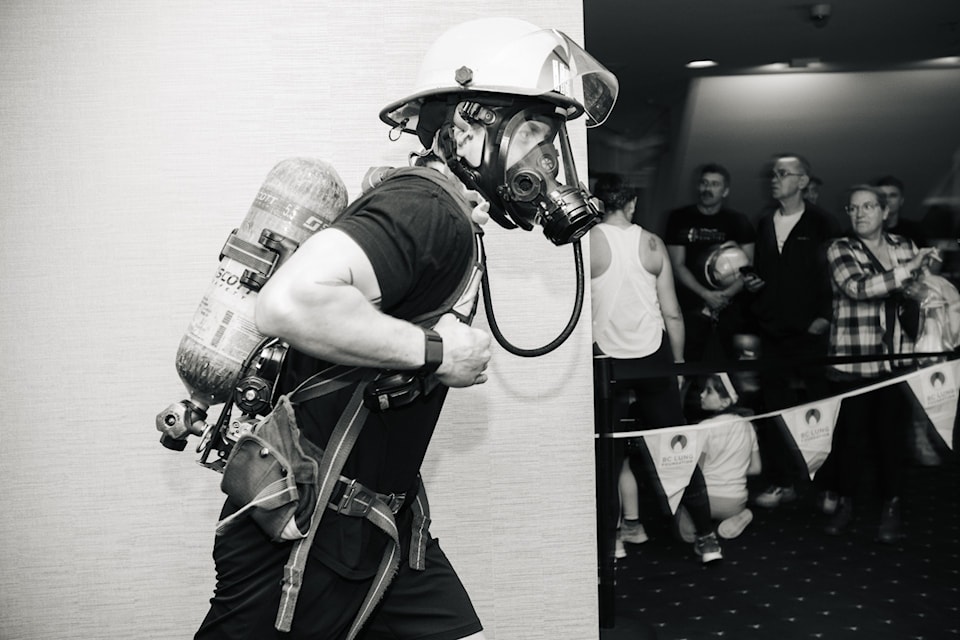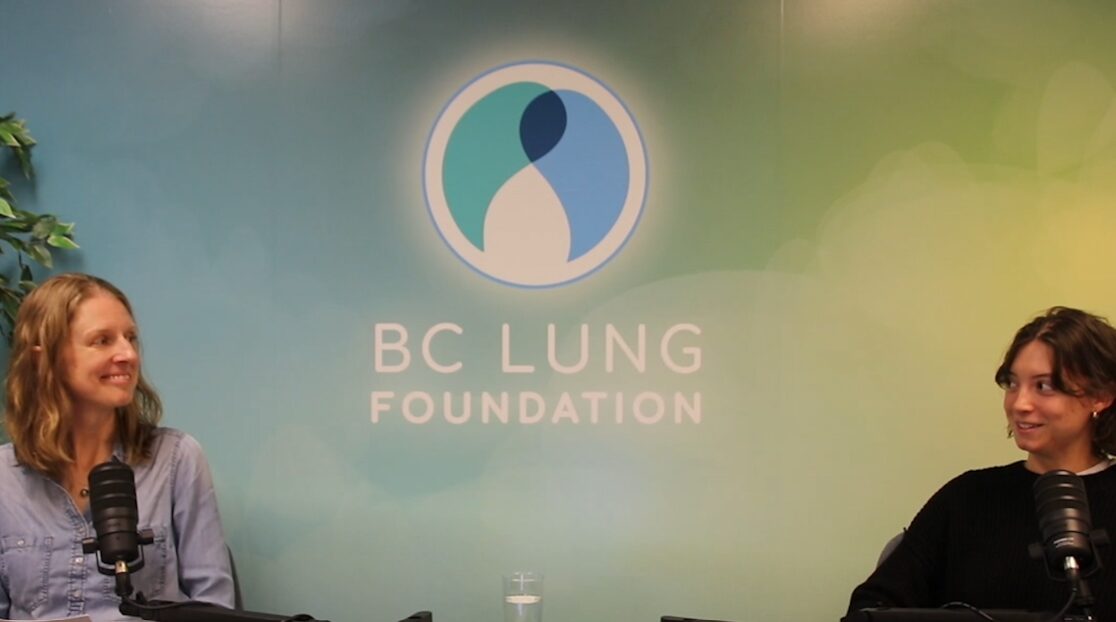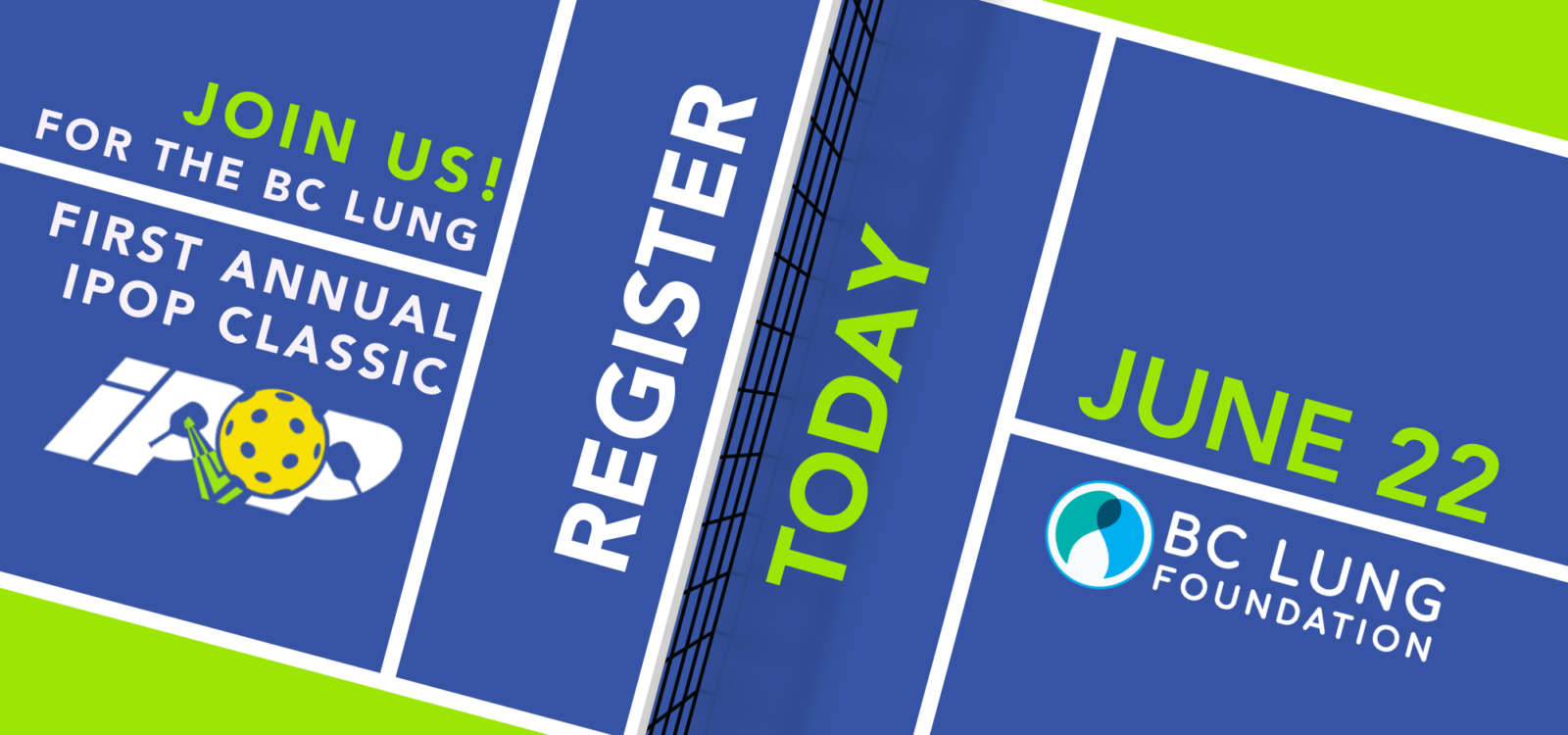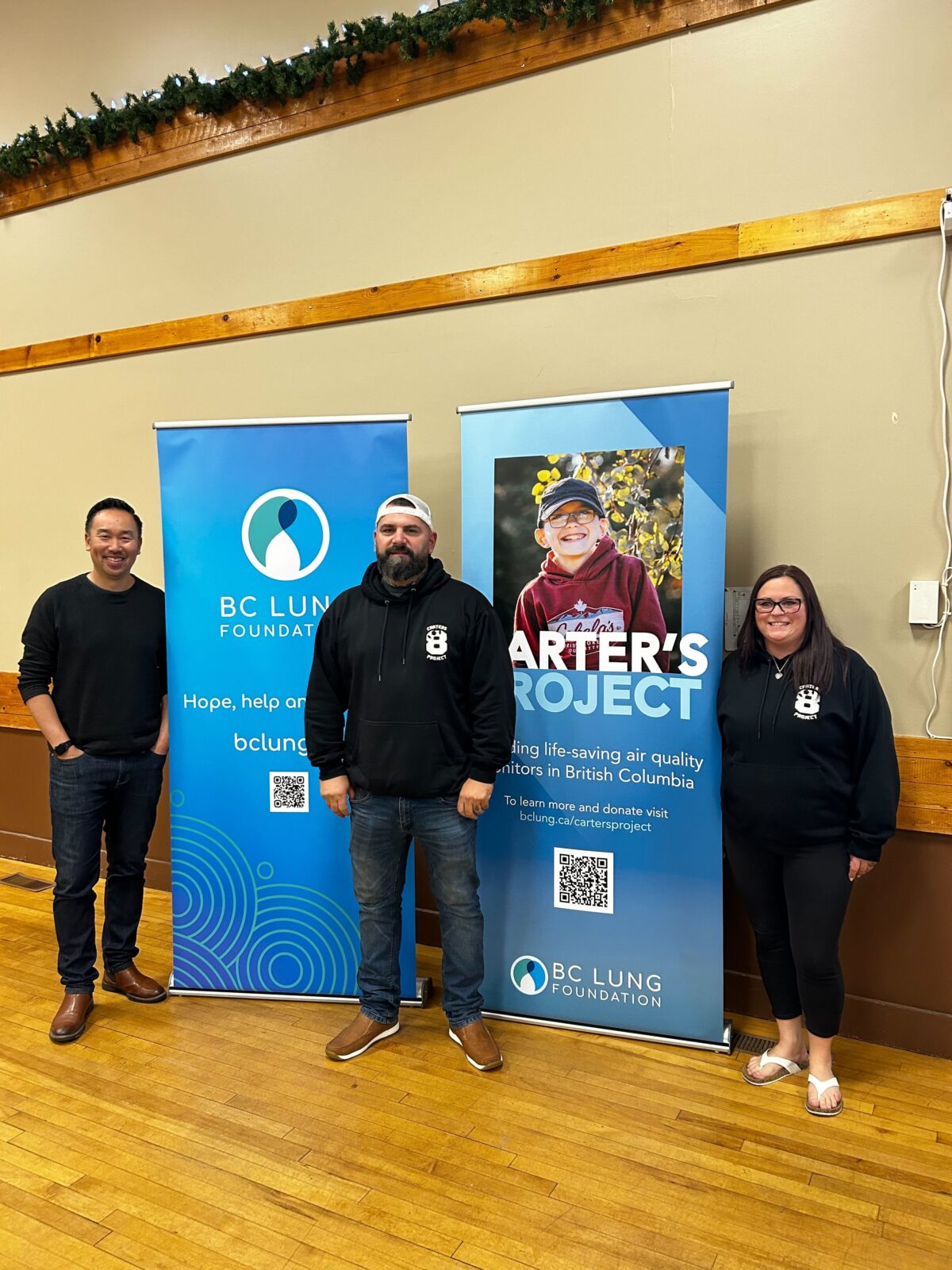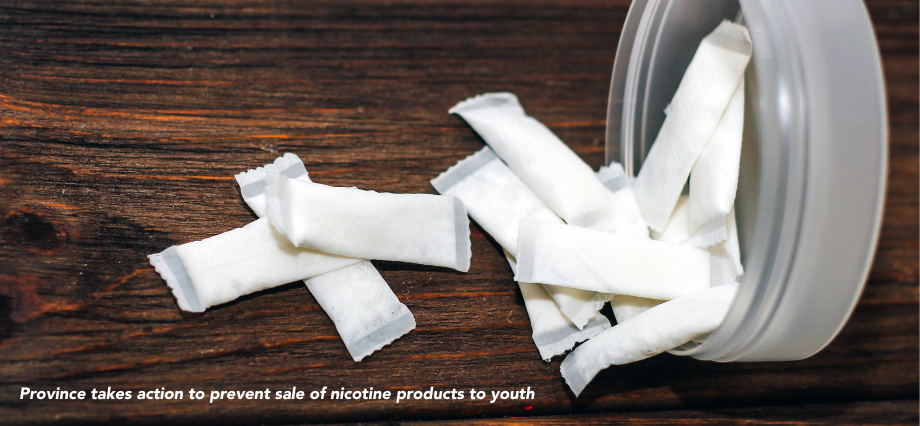Radon is the leading cause of lung cancer among non-smokers, killing over 3000 Canadians a year.
This colourless, odourless radioactive gas occurs naturally in soils due to the breakdown of uranium, and seeps into homes and other buildings. Not all homes have elevated radon, but those that do drive up lung cancer rates.
This is a human caused radiation risk, and as new research shows, the problem is getting worse, adversely affecting younger Canadians and exacerbated by 21st century construction techniques. It is imperative that local communities know how likely it is for homes to have high radon.
New testing from the BC Lung Association together with Take Action on Radon now shows major Central Okanagan cities have amongst the highest radon levels in the world.
We knew from previous Health Canada studies and data from test kits we had sold that levels in Kelowna were high. Still we were surprised to find 23% of Kelowna homes tested were above Canada’s Radon Guideline. However, the rates in other cities was even higher. West Kelowna was at 36%, Peachland at 51% and Lake Country at 52%.
In the face of the large increase in lung cancer this poses, it is imperative that governments take action. All homes in the Central Okanagan need to be tested and if necessary have radon levels reduced.
Historically there has been a massive gap in local radon testing in British Columbia.
In 2012 Health Canada’s Cross Canada Survey of Radon Concentrations in Homes tested 109 homes in the Okanagan Health Service Delivery Area—a massive area that includes Tulameen, Princeton, Keremeos, Osyoos, Peachland, Kelowna, Vernon and other cities. Given the variation in geography, there is no way that sample was enough to tell local communities how much radon was likely to be found in homes.
As our legal research at the Healthy Indoor Environments program shows, builders, engineers, architects, municipal inspectors, landlords, real estate agents, employers, school districts and daycare providers are just some of the types of people who have legal responsibilities to watch out for radon. This job is made much easier if they can access good studies that show radon levels in their community.
That’s why the Healthy Indoor Environments created the Community Testing Program to ensure communities knew their radon levels. In 2020 we made 1000 test kits available to residents in the Central Okanagan, in addition to 400 already promised by Take Action on Radon. This allowed us to get better sample sizes, to create clarity on radon levels.
The results will not only be shared with city governments but added to the BC Radon Repository at the British Columbia Centre for Disease Control, a central database for researchers and policy makers.
We think it is imperative that governments, building professionals and residents take these new numbers seriously. The time is pressing for everyone who can to address this issue. We need to see local governments adopt radon strategies.


